Tips on the color psychology of the human soul
Color psychology of the environment and the effect of colors on psychology in the interior decoration of homes and workplaces is the main topic of this article from the Aref Chemical company. Color psychology refers to the study of the effect of surrounding colors on people’s minds and emotional states and from the psychology of environmental color as an auxiliary factor in the treatment of diseases, creating positive changes in thoughts, mind, and body, adjusting job regulation by reducing job stress and increasing communication skills. Color psychology is also directly used in marketing and business matters.
What is the environmental color psychology?
Color psychology is the study of the effect of color on the psyche, perception, and emotions of humans. Colors have extraordinary powers and affect the viewer like energizing and warming nuclei. Experts in the field of color psychology examine the effect of each color on human behavior. One of the most important characteristics of environmental color psychology is the effect of colors on the unconscious level of humans.
Therefore, the color psychology of the workplace and home should be done in the best possible way and create a favorable environment for doing daily tasks. Choosing the right color will remove monotony and boredom from the place. For this reason, it is better to get detailed information about choosing the color palette for the office and home environment.
Color psychology and its use in interior decoration
The psychological theory of color shows how the color of interior decoration affects people’s mood, cognitive functions, creativity, and productivity. When surrounded by calming colors like blue or green, a person feels relaxed. Whereas if a person is surrounded by lively colors such as red, brown, or orange, he has energy and enthusiasm. It feels relaxing with neutral colors like white or gray.
According to scientific research, different color spectrums affect the human brain. The effects of colors may seem similar, but studies show that each person reacts differently to standard color schemes.
How does color psychology affect interior design?
Color schemes are one of the important factors in interior design. The color of the walls, furniture, natural elements, decorative pieces, lights, and appliances all play an important role in the human spirit. Therefore, it is better to choose the color of the interior design based on the personality and wishes of the customer. Choosing the right color makes people feel more comfortable and relaxed at home and increases productivity at work.
Based on the results of numerous studies in the field of environmental color psychology, each person reacts differently to each color. Some people find the black color depressing and demotivating. But others see black as a sign of order and performance. Some people find red threatening while others find it inspiring.
Therefore, it is better to ask your customers what kind of colors are most attractive to them. Even if they can’t pick colors, you’ll have an idea of what they like and don’t like. Let’s discuss the psychology of decorating color in detail so you can make a more informed and creative decision when implementing design ideas.
1. Red in color psychology
Red is usually associated with stimulating the body and mind, increasing circulation and energy. Whether it’s dark shades like maroon or bright shades of ham red, they create an atmosphere of love and camaraderie. The red color on the wall gives excitement and vitality to the space. Choosing red in office buildings or home offices, in the living room and bedroom is a good option. Psychologically, red is the color of interior decoration in offices, inspiring leadership, willpower, high energy level, and friendship. When used in the living room, red in all its shades inspires friendship and stimulates conversation.
2. Psychology of the Color Blue
According to the color psychology of interior decoration, blue is known as a symbol of calmness and confidence and has a positive effect on concentration. Due to the effect of color on the psyche, blue calms the mind and lowers blood pressure. Shades of sky blue and light blue have a healing effect on the mind. Blue is the only color with a set of positive effects and few negative effects on the viewer’s psyche. Most dark shades of blue are associated with elegance, luxury, and royalty. Blue lights also reduce any discomfort. In general, in color psychology, blue is a great color and works well with all modern and contemporary interior design trends.
3. Yellow role in color psychology
Like any color, there are positive and negative psychological properties in yellow. This color helps to strengthen the energy by stimulating the nerves. Positive qualities for Yellow are happiness, optimism, and self-confidence. In interior design, yellow color is recommended for kitchens, dining areas, corridors, and bathrooms. This color automatically lifts people’s spirits and makes the room bright and sunny.
4. Green and the psychology of interior decoration color
In interior decoration color psychology, green is known as a symbol of nature and renewal and can create a feeling of calmness and balance. Green is a powerful color in interior design. In addition, pale green pairs with the color of peas and helps calm the senses and lower blood pressure. Green can be used in different shades throughout the house. Use lighter shades on the walls and contrast the plants with dark green shades. This kind of dark shadow effect is neutralized because plants automatically remind people of nature. Green color has a calming effect with a sense of security, this feature makes it an ideal color for interior design.
5. Purple in color psychology
In the psychology of interior decoration color purple is usually associated with creativity and dreaming. Bright purple colors add charm to your design. Lighter shades of purple such as lavender and mauve create a calm but royal effect in decorating.
Since purple inspires creativity in ambient color psychology, you can add it to dressing rooms, closets, interior art studios, or even kitchens. This color is especially popular among teenagers as it encourages them to pursue creative and performing arts and helps them find their way. Purple color works well in the hall or living room where your guests spend time. It creates an essence of peace, elegance, and luxury.
What are the tips for successful use of color in decoration?
Color plays an important role in interior design and affects the mood, environment, and overall feeling of the space. Below are some essential points of environmental color psychology for the successful use of colors:
1. Understanding color theory
– Get to know the color wheel. It consists of three main categories:
– Main colors: red, yellow, and blue. These form the basis of all other colors.
– Secondary colors: they are created by combining primary colors (such as purple, green, and red-orange).
– Tertiary colors: the result of combining secondary and primary colors or using primary colors is a ratio of 2:1.
– Use the color wheel to guide your choices and create harmonious color schemes.
2. Choose the dominant color
– Choose a dominant color for the base of your color palette. This determines the overall color of the room decoration.
– Use accent colors in smaller amounts to create visual appeal.
3. Mood with colors
– Lighter colors such as pastels create a feeling of relaxation and openness, so they are ideal for bedroom or living room decoration.
– Darker colors (dark blue, deep brown) are bold and work well for accent walls or focal points.
– Consider the emotions associated with each color using color psychology tips. For example:
– Orange, yellow, and red convey energy and excitement and are perfect for offices and public spaces.
– Green, purple, and blue with a soothing effect are suitable for the bedroom.
4. Use neutrals wisely
– Neutral colors (white, beige, gray) background are used for other colors.
– Experiment with different neutral shades:
– Color: Add white color to make it bright.
– Shadow: Add black for a darker color.
– Tone: Blend the gray to make it a little darker.
5. Complementary colors
Complementary colors are opposite each other on the color wheel.
– Use them for visual impact, but avoid too much variety.
For example, pair blue with orange or green with red to create a balanced look.
6. Stability and flow
– Maintain uniformity throughout your home. Colors should flow seamlessly from room to room.
– Pay attention to the connection of colors when viewing from different angles or adjacent spaces.
7. Testing before project delivery
– Always test paint samples on the wall before finalizing the color.
– Natural light affects how colors appear, so view them at different times of the day.
8. Personalization with accessories
– Use soft furniture such as cushions, curtains, and carpets to introduce other colors.
– These accessories are easier to change if you want to update the look later.
The final word on the interior decoration color psychology
Environmental color psychology studies colors and their relationship with human behavior and health. The properties and characteristics of colors affect people. In this article, We explained the psychological effects of interior decoration colors on human behavior and emotions. Remember, the successful use of colors in interior architecture is associated with balance, harmony, and purpose. Find trend colors and trust your interests and tastes, get hands-on, and create a space that matches your personality and lifestyle.

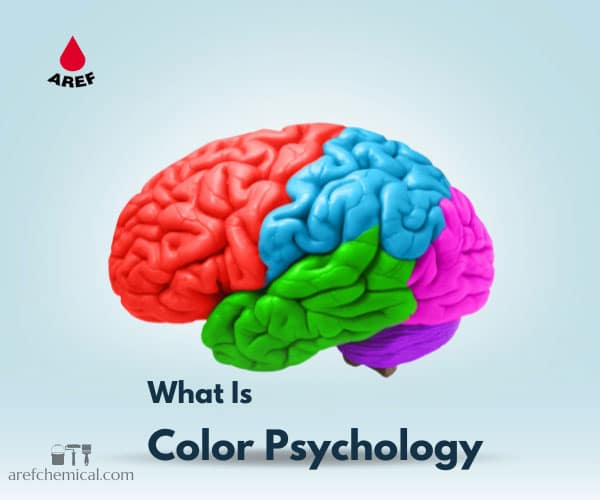
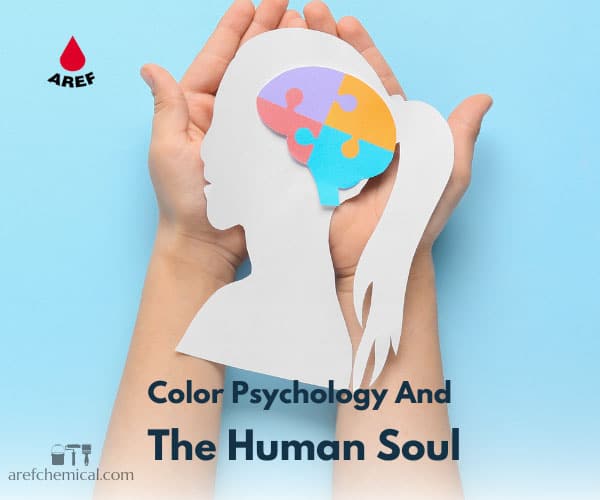
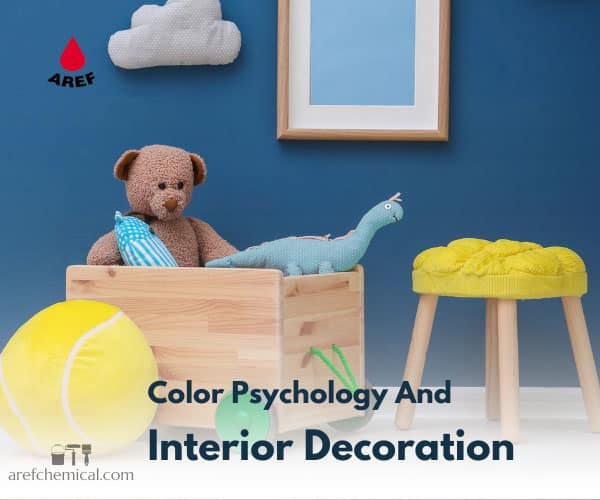
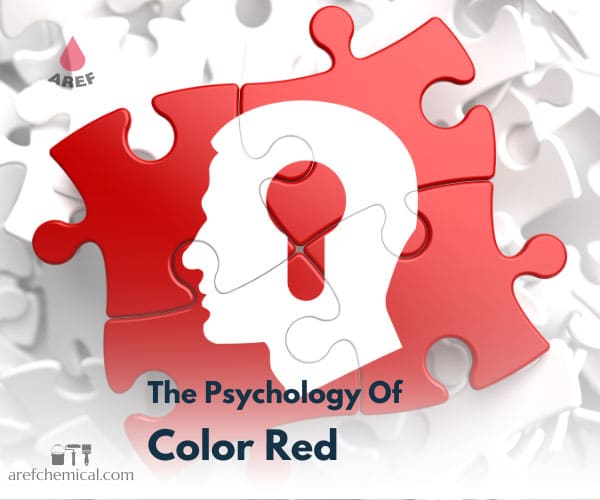
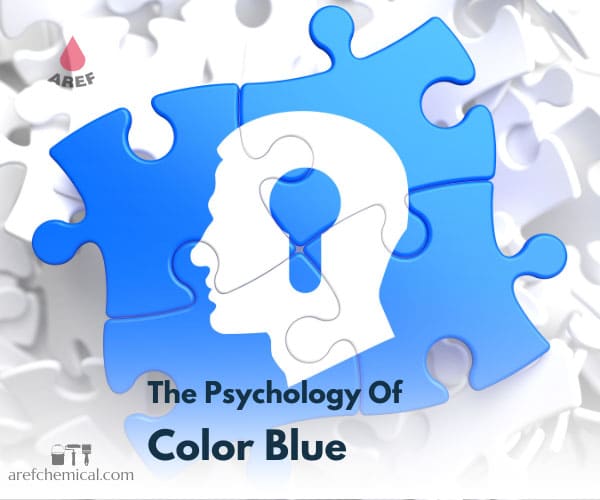
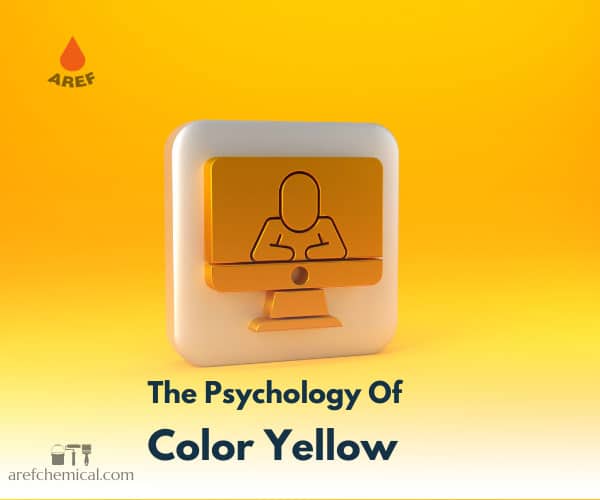
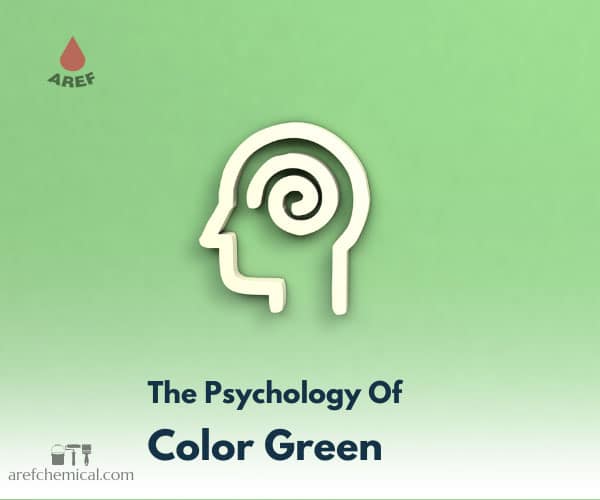
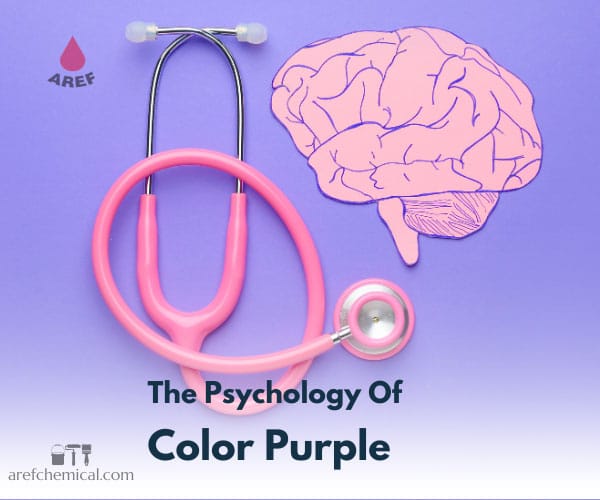
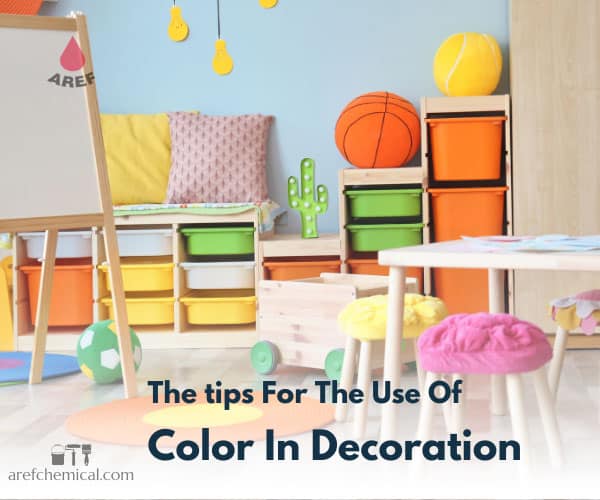


7 Responses
Good job
As someone who always thought the colors thing was kind of suspect and bullshit. when you put on a color that works for you, it’s transformational. There’s color that overwhelms you, then there’s color that wraps around you and hugs who you are.
Very good article about color psychology
https://tavatranslation.com/
[…] Pay attention to your personal taste: Ultimately, choosing an accent color depends on your personal taste. Choose a color that makes you feel good. […]
[…] be in line with the effective functionality of the space. For instance, calming colors are used in bedrooms for relaxation, while dynamic colors are used in living rooms for family […]
It was instructive, thank you
https://tabasomdc.com/